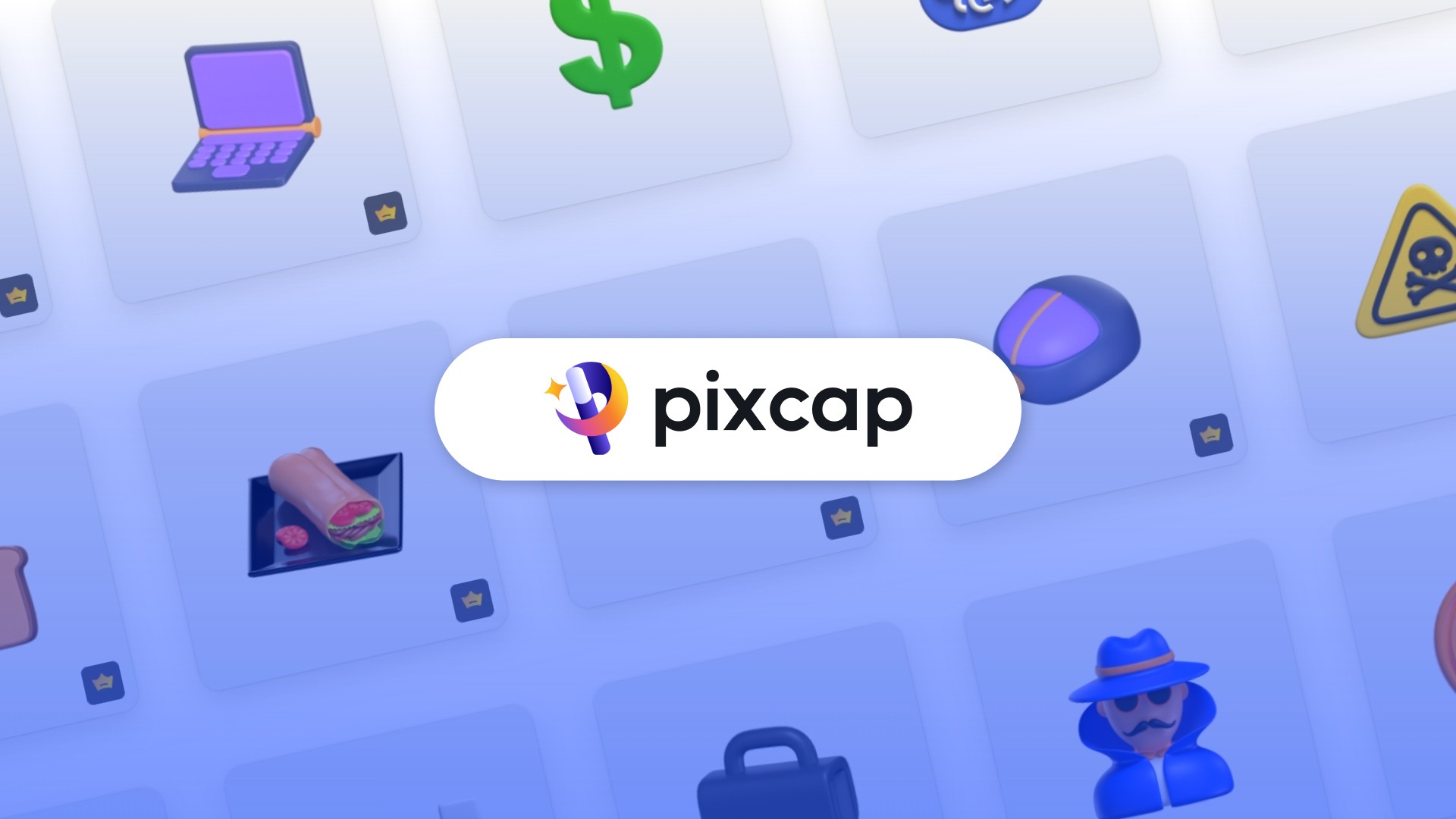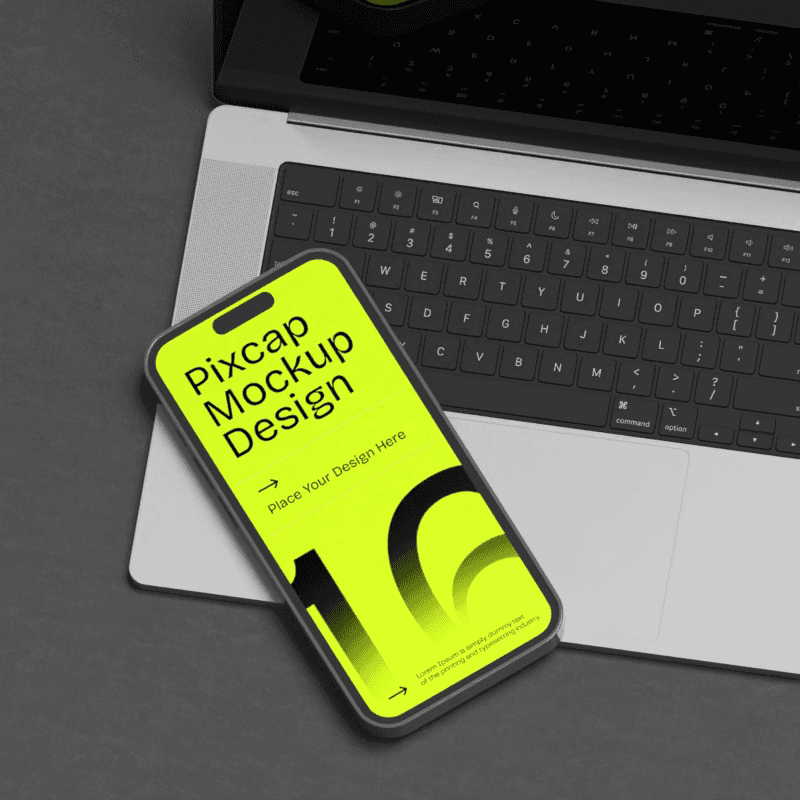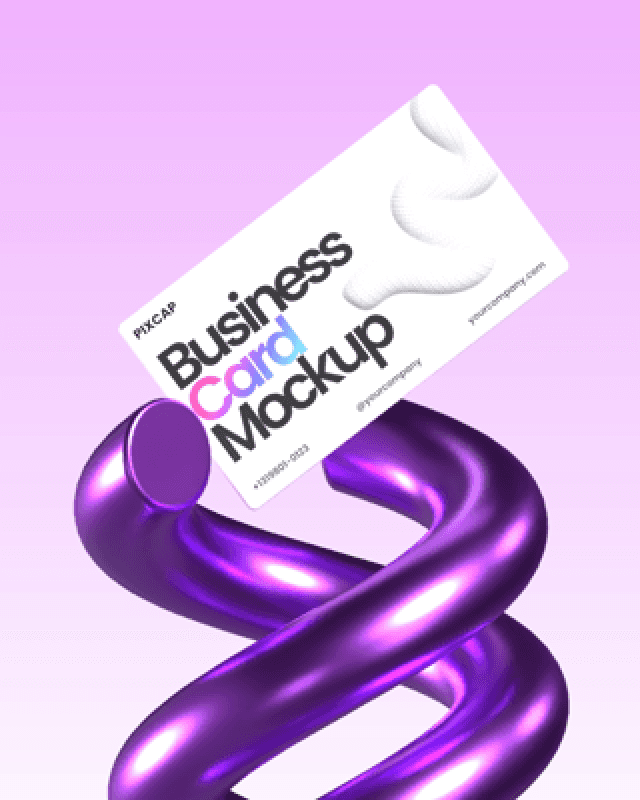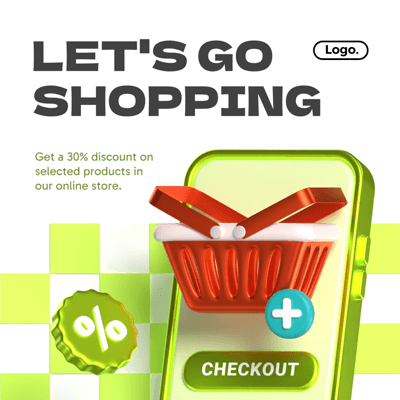Icons play a pivotal role in digital design, serving as visual cues that communicate essential information and represent complex concepts concisely.
In the realm of 3D design, where precision and creativity intertwine, the use of icons holds significant power in guiding user interaction and enhancing overall aesthetics.
As we delve into the comprehensive guide for designers, we aim to explore the intricate world of icon design, catering to a diverse audience ranging from professional 3D designers and animators, small to medium-sized enterprises (SMEs), advertising agencies, and marketing firms.
Introduction: Power of Icons in Digital Design
The Ever-Increasing Relevance of Icons
The world is becoming more visually oriented, and as a result, the significance of icon design in digital interfaces is escalating. Icons are not just ornamental; they're functional signposts that help navigate the increasingly complex digital space.
With the rise of mobile devices, where screen real estate is at a premium, the need for concise and intelligible visuals has never been more pressing. Icons condense information into small, digestible visual pieces, enabling users to process and understand content quickly.
As technology advances and more platforms emerge, the ability to communicate universally with icons grows in importance. They transcend language barriers and are integral in creating intuitive user experiences. This underlines the ever-increasing relevance of icons as essential instruments in the toolkit of digital designers.
Untangling the Complex World of Icon Design
Icon design might seem straightforward at first glance, but it's a discipline that combines art, psychology, and technology. A well-designed icon not only needs to be visually appealing but also must convey its message instantly and effectively.
This requires a deep understanding of context, culture, and the medium in which the icon will be used. Icons must be scalable, looking equally effective on a large desktop screen as on a tiny mobile display.
They should also be adaptable, and ready to fit within various design systems and brand identities. The complexity of designing an icon lies in its simplicity – achieving clarity and recognisability in such a compact visual space is a true challenge.
As designers, we must untangle this complexity by focusing on the core essence of an icon to ensure it fulfills its communicative purpose effortlessly.
The perspective of Icons from 3D Design Lens
When viewed through the lens of 3D design, icons take on a new dimension of complexity and potential. In 3D environments, icons can become interactive elements that react to user input, providing a more tactile and engaging experience.
The depth, shadowing, and perspective that come with 3D design allow icons to simulate real-world objects, which can enhance a user's connection to the interface.
However, incorporating 3D elements into icon design also requires careful consideration. It's essential to maintain legibility and ensure that the icon's function is clear, even with added visual depth.
The challenge for 3D designers is to harness the power of three-dimensional space without overwhelming the user or detracting from the icon's primary communicative function. Balancing aesthetic appeal with usability is key to successful icon design in the 3D digital landscape.
Icons and Professional Designers
Influence of Icons on 3D Modeling and Animation
In 3D modeling and animation, icons serve as crucial navigational tools that streamline the creative process for designers. They are the visual shorthand that allows for efficient communication within the software, enabling quick access to tools and functions.
Icons in 3D design software need to be intuitively understood, allowing professionals to focus on their creative work without unnecessary interruptions. The influence extends beyond the functional, as icons can inspire the aesthetic elements of a 3D project as well.
Given their symbolic nature, icons used within animations can evoke emotions or signify ideas, adding layers of meaning to a scene or character.
For 3D designers, understanding the power that these small graphical elements hold is essential for both the utilitarian aspects of their work and the potential they have to subtly enhance storytelling within their animations.
Deciphering the Use of Icons in 3D Graphics
The use of icons in 3D graphics is not just limited to the user interface of design software. Icons are integrated into the very fabric of 3D scenes and models, where they can serve as visual cues within a storytelling context or as part of interactive experiences.
Explore Pixcap's 10,000+ 3D Icon Library. Customize based on your brand colors, add materials, and export in 4K - in minutes.
They can denote interactive hotspots in virtual reality (VR) environments or serve as markers in augmented reality (AR) applications, guiding users through various actions.
In gaming, icons are used to represent items, abilities, or status effects, providing players with essential information at a glance. For 3D graphics on websites or mobile apps, icons can make navigation more intuitive and visually engaging.
Deciphering their use involves understanding how they can enhance the user experience without becoming a distraction. This balancing act requires skill and a deep understanding of both iconography and the 3D space.
Advanced Tools and Resources for Icon Design
For a 3D designer and icon designer, the creation and implementation of icons require a suite of advanced tools and resources that cater to their specific needs.
Software like Adobe Illustrator and Sketch are popular for crafting flat icons, but when it comes to 3D, programs like Blender, Maya, and Pixcap.com offer more sophisticated features.
These platforms allow for the manipulation of shapes in a three-dimensional space, enabling the creation of icons with depth, shadow, and perspective. It is important to mention, that unlike Blender and Maya, Pixcap requires no learning curve as the user interface is very intuitive and familiar amongst designers.
Pixcap provides designers with templates and inspiration to kickstart the design process or to find the right icon for their project. Contrary to other tools, Pixcap allows you to find the icon or template you are looking for, and fully customize it all in one place.
Web Designers Harnessing Icons for Enhanced User Experience
1.Minimalist Approach by Material Designers:
Web Designers following Material Design principles, such as those at Google, utilize icons to maintain a minimalist aesthetic. By using simple, universally recognizable symbols, they enhance user comprehension and streamline interface elements, fostering a seamless user experience across various devices and platforms.
2.Brand Reinforcement Through Iconography:
Companies like Apple, known for their meticulous attention to detail, incorporate custom-designed icons to reinforce brand identity. These icons serve as visual cues that strengthen brand recognition and create a cohesive user experience across products and services, contributing to a sense of familiarity and trust among consumers.
3.Emotive Design Language at UI/UX Agencies:
UI/UX agencies like Adobe XD emphasize the emotive potential of icons to evoke specific user responses. By selecting icons with expressive characteristics, designers can imbue interfaces with personality and convey nuanced messages, enhancing user engagement and forging deeper connections between users and digital experiences.
Implications of Icon Design for SMEs
The Role of Icons in Making a Market Impact
For small to medium-sized enterprises (SMEs), icons can be a powerful tool to make a significant impact in the market. A well-designed icon can encapsulate a brand's identity and values, providing a memorable visual that resonates with consumers.
In an age where the digital presence is as important as the physical, icons facilitate brand recognition across various platforms, from mobile apps to social media.
They are essential for navigation on websites, making the user experience more intuitive and increasing the likelihood of customer engagement.
When used in marketing materials, icons can break down complex information into digestible imagery, making it easier for SMEs to communicate their unique selling points.
Recognizing the role of icons is crucial for SMEs to differentiate themselves in a competitive market and to create a lasting impression on their target audience.
Incorporating 3D Icon Models in Product Design
Incorporating 3D icon models in product design can give SMEs a competitive edge by enhancing the user experience and adding a layer of sophistication to their products.
3D icons can be used in physical products to indicate functionality or in digital interfaces to add depth and realism. For example, a 3D power icon on a device not only serves a practical purpose but also contributes to the aesthetic appeal.
In software applications, 3D icons can create a more engaging environment, making interactions more intuitive and satisfying. For SMEs, this means that their products are not only easier to use but also more enjoyable, which can lead to increased customer satisfaction and loyalty.
By carefully considering the integration of 3D icons into their product design, SMEs can leverage these visual elements to stand out in the marketplace and provide a richer experience for their customers.
Icons and Internet Presence: What SMEs Should Know
For SMEs, establishing a strong internet presence is vital and icons play a key role in this digital landscape. Icons can enhance website usability and make mobile applications more user-friendly.
They act as visual signposts that guide users through a company's digital environment, improving navigation and reducing the cognitive load on visitors. This is particularly important for SMEs that often compete with larger entities for attention online.
Well-crafted icons are instantly recognizable and can quickly communicate a company's services or products, reinforcing brand identity. Furthermore, when SEO and accessibility are considered, icons contribute to a website's discoverability and inclusiveness, ensuring a wider reach.
SMEs must understand that icons are not merely decorative; they are a functional component that can significantly impact a user's online experience and perception of a brand.
Integration of Icons in Advertising and Marketing
Engaging Audience Through Icon-based Campaigns
Icon-based campaigns can significantly improve audience engagement for advertising and marketing efforts. By using universally recognizable symbols, marketers can convey their messages quickly and effectively, cutting through the noise of an overcrowded market.
Icons can also trigger emotional responses, which is vital for creating a connection with the audience. When used consistently across different marketing materials, icons can reinforce brand recognition, making it easier for customers to identify the company's products or services at a glance.
For social media, icons can serve as hashtags or campaign symbols, making content more shareable and increasing its viral potential. Additionally, 3D icons can be animated to add an element of fun or sophistication to campaigns.
It's crucial for marketers to strategically incorporate icons in a way that resonates with their target audience and aligns with the campaign's goals.
Icons in Advertising: A Revolution in Visual Appeal
Icons have revolutionized visual appeal in advertising, offering a fresh and modern way to capture consumer attention. Their simplicity and clarity cut through the clutter, making messages easily digestible for audiences who are bombarded with information.
This is particularly beneficial in digital advertising, where space is limited and retention times are short. Icons can encapsulate complex concepts or brand values in a single, simple image, making them powerful tools for creating brand narratives.
Additionally, icons are adaptable to various design styles and can be customized to fit the tone and personality of a brand, providing a versatile visual language.
As advertising moves towards more digital and interactive platforms, the use of icons becomes increasingly significant, offering endless possibilities for creativity and innovation in reaching and engaging with target demographics.
Expert Tips: Designing Icon-centric Campaigns
Designing an icon-centric campaign requires a strategic approach. Here are some expert tips for creating effective icon-driven marketing materials. First, ensure consistency across all icons to maintain a coherent visual language throughout the campaign. This helps build a strong brand identity. Second, focus on simplicity. Icons should be easily recognisable and understandable at a glance. Avoid overcomplicating designs which can confuse the message you're trying to convey. Third, consider the cultural context of your audience to ensure icons are appropriate and resonate with them. Fourth, use colour strategically to draw attention and evoke the desired emotional response. Finally, test your icons with a segment of your target audience to gauge their effectiveness. With these expert tips, marketers and advertisers can create campaigns that leverage the power of icon design to engage audiences and enhance brand messaging.
Wrapping Up: The Unstoppable Rise of Icon Design in the 3D World
Future Predictions for the Realm of Icon Design
The future of icon design is set to become even more integral to the user experience as technology continues to advance.
We can expect icons to become more interactive, with gestures and animations that respond to user actions, making interfaces more intuitive and engaging. Augmented reality (AR) and virtual reality (VR) will likely introduce a new class of 3D icons that interact with the user in more immersive ways.
There's also a trend towards personalization, with icons adapting in real-time to the preferences and behaviors of users. Machine learning could enable icons to become more context-aware, changing their appearance or function based on the user's current task or environment.
As screen resolutions increase and new display technologies emerge, icons will become more detailed and expressive. The future of icon design holds exciting possibilities for enhancing how we interact with technology on a daily basis.
Becoming the Change: Enhance Your Icon Designs Now
Embracing the evolution of icon design is key for staying ahead in the digital landscape. Designers can enhance their icon designs by focusing on adaptability, ensuring their creations are versatile across different platforms and devices.
It's important to keep up with the latest software and tools that allow for the creation of high-quality, scalable icons. Understanding user experience (UX) principles is also crucial, as it informs how icons will be interacted with and perceived by users.
Designers should consider the cultural and social context of their audience to create icons that are inclusive and accessible to all. Investing time in learning about animation and interactive design can add another layer of sophistication to icons, making them not just visually appealing but also engaging.
By prioritizing these areas for improvement, designers can position themselves at the forefront of the icon design revolution.
Concluding Thoughts: The Inescapable Impact of Icon Design
The impact of icon design on the digital world is undeniable and inescapable. Icons are more than mere graphical elements; they are the cornerstone of visual communication in the digital age.
They facilitate navigation, convey information, and contribute to the aesthetic appeal of interfaces across devices and platforms. The importance of icon design is only set to increase as digital interfaces become more complex and as we move into new realms of technology such as wearable devices, smart homes, and the Internet of Things (IoT).
For designers, the challenge will be to continue crafting icons that are not only beautiful but also functional, culturally sensitive, and inclusive. The rise of icon design is unstoppable, and it will continue to shape the way we interact with technology, making our digital experiences more intuitive, engaging, and accessible.














